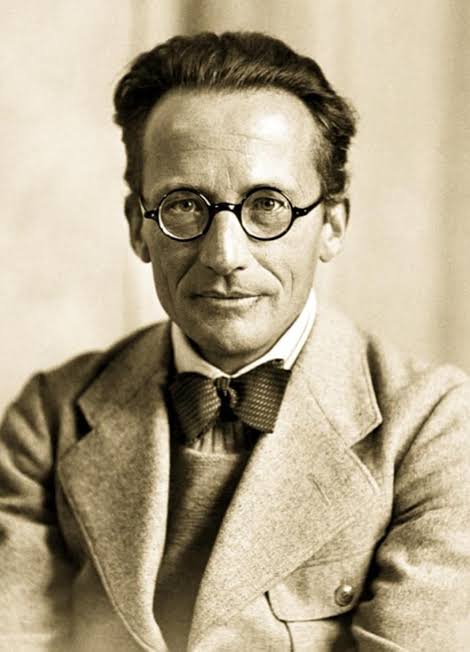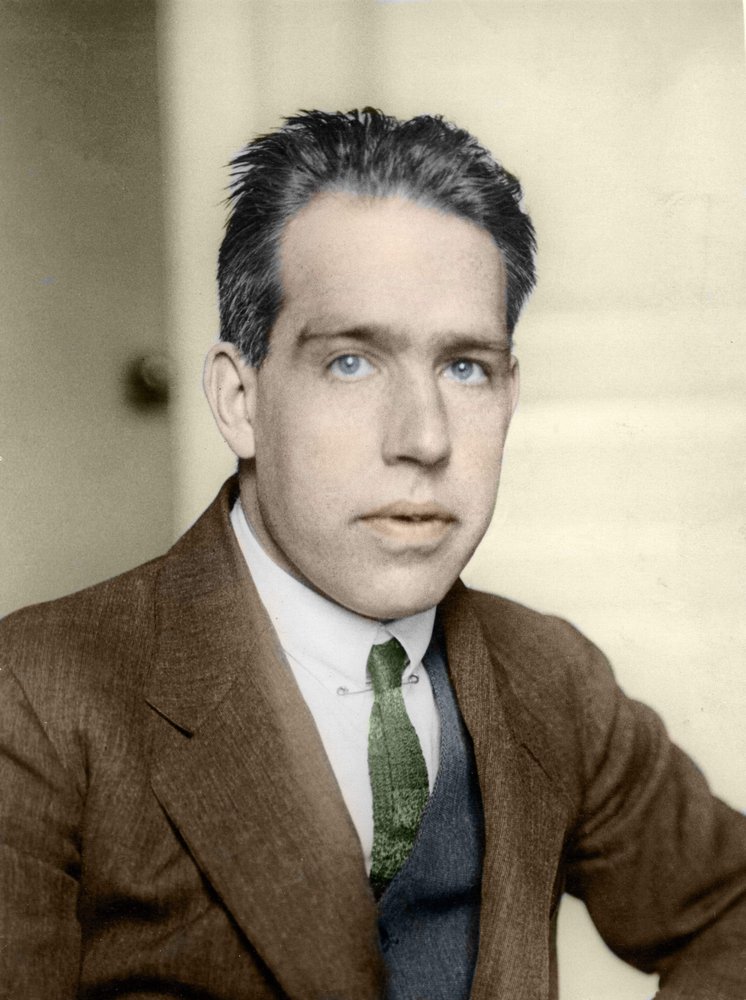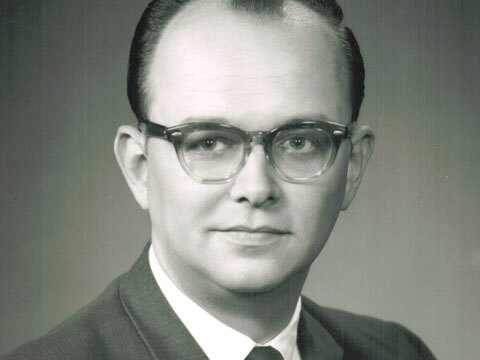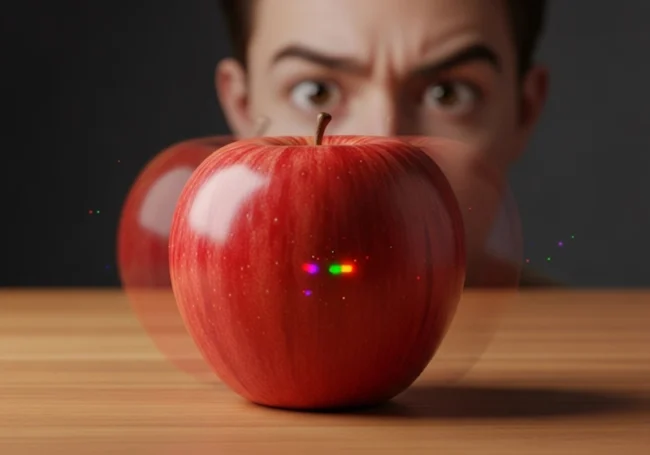Picture this: you’re playing hide and seek with reality itself, and every time you peek around the corner to catch it in the act, it suddenly snaps into perfect behavior. But the moment you look away? All hell breaks loose. Welcome to the quantum measurement problem—arguably the most mind-bending puzzle in all of physics.
When Schrödinger’s cat became everyone’s problem
Most people know about Schrödinger’s famous feline thought experiment, but here’s what’s truly unsettling: Erwin Schrödinger wasn’t trying to explain quantum mechanics. He was trying to show how ridiculous it sounded. The fact that his “obviously absurd” scenario became the poster child for quantum weirdness tells you everything about how strange this rabbit hole goes.

The measurement problem boils down to this uncomfortable truth: quantum particles exist in what we call superposition—they’re literally in multiple states at once until something measures them. An electron doesn’t just spin clockwise or counterclockwise; it spins both ways simultaneously until you check. It’s not that we don’t know which way it’s spinning—it genuinely doesn’t have a definite spin direction.
But here’s where things get properly weird. The instant you measure that electron, it “chooses” one state and sticks with it. The superposition collapses faster than you can say “Copenhagen interpretation,” and suddenly you have a normal, well-behaved particle spinning in just one direction.
The Copenhagen conspiracy (or: how physicists learned to stop worrying)
Niels Bohr and his Copenhagen crew essentially threw up their hands and said, “Look, the math works, so let’s not ask uncomfortable questions about what’s really happening.” Their interpretation became the orthodox view: quantum systems exist in superposition until measurement forces them to pick a side. End of story. Don’t ask what constitutes a “measurement” or why the universe cares whether humans are paying attention.

This approach worked brilliantly for building atomic bombs and inventing lasers, but it left a gaping philosophical wound. Werner Heisenberg famously quipped that quantum mechanics deals with what we can say about nature, not with nature itself. It’s like having a perfectly functional car but refusing to pop the hood because the engine might disappear if you look at it.
The Copenhagen interpretation essentially divides the world into two realms: the quantum realm where anything goes, and the classical realm where things behave sensibly. But nobody can quite explain where one ends and the other begins. Is a virus classical or quantum? What about a bacterium? Your grandmother’s cat?
Many worlds, many headaches
Hugh Everett III had a different idea in 1957, one so radical it got him kicked out of physics (he ended up working for the Pentagon on nuclear strategy instead). What if, Everett suggested, the wave function never collapses? What if every possible outcome of every quantum measurement actually happens, but in different branches of reality?

In the many-worlds interpretation, Schrödinger’s cat doesn’t choose between life and death—it does both. One version of you opens the box to find a living cat, while another version of you in a parallel universe finds a dead one. Every quantum event splits the universe into multiple branches, each equally real, each completely isolated from the others.
It sounds like science fiction, but many-worlds has some serious advantages. It’s mathematically elegant—no arbitrary collapse postulate needed. It’s deterministic—everything evolves according to the Schrödinger equation. And it explains why we never see superpositions in everyday life without invoking mysterious measurement apparatus.
The downside? It requires an infinite number of parallel universes splitting off every nanosecond. Every time an electron decides which way to spin, boom—universe multiplication. It’s ontologically extravagant, as philosophers like to say. But then again, as Everett’s student once noted, “It’s not our job to make the universe simple.”
When reality decides to collapse on its own
Maybe the problem isn’t with our measurements—maybe it’s with our assumption that quantum systems can stay in superposition indefinitely. Enter the spontaneous collapse theories, led by physicists like GianCarlo Ghirardi, Alberto Rimini, and Tullio Weber (their GRW model is still a contender today).
These theories suggest that quantum systems randomly and spontaneously collapse their wave functions, no measurement required. For tiny particles, these collapses are incredibly rare—so rare that superposition can persist long enough for quantum effects to be observable. But pile enough particles together into something macroscopic, and the collapse rate becomes so high that superposition becomes impossible.
It’s like quantum Russian roulette. Every particle is constantly playing a game where it might suddenly be forced to pick a definite state. Individual particles almost never lose, but get a trillion particles together and somebody’s always losing, keeping the whole system locked into classical behavior.
The beautiful thing about spontaneous collapse theories is they make testable predictions. They suggest that very sensitive experiments should occasionally see completely random quantum jumps—nature hiccupping, essentially. Several research groups are hunting for these signatures right now.
The laboratory detective story
Recent experiments have started probing the measurement process itself with unprecedented precision. In 2019, researchers at Yale managed to do something that sounds impossible: they caught a quantum system in the act of jumping from one state to another.
Using a technique called “quantum non-demolition measurement,” they could continuously monitor an artificial atom without forcing it to collapse. They discovered that quantum jumps aren’t actually instantaneous—they’re more like quantum slides, taking a finite amount of time and sometimes even reversing course mid-jump.
Even more remarkably, they found they could predict when a jump was about to occur and even stop it in progress. It’s like catching Schrödinger’s cat in the act of dying and nursing it back to health. The implications are staggering: if quantum jumps aren’t random and instantaneous, what does that say about the nature of measurement itself?
Meanwhile, other experiments are testing the boundaries between quantum and classical behavior. In 2021, researchers managed to create quantum superposition in objects containing billions of atoms—not quite visible to the naked eye, but getting uncomfortably close. Where exactly does quantum weirdness give way to classical common sense? The answer keeps getting pushed to larger and larger scales.
The consciousness conundrum nobody wants to talk about
Here’s the elephant in the quantum room: some interpretations suggest that consciousness plays a special role in measurement. Eugene Wigner famously argued that only conscious observation can collapse a wave function—that the entire quantum universe remains in superposition until a conscious mind looks at it.
Most physicists recoil from this idea like vampires from garlic. It sounds too mystical, too anthropocentric. Why should human consciousness be special in the laws of physics? But the alternatives are equally uncomfortable. If any interaction counts as measurement, why don’t quantum particles constantly measure each other into classical behavior? If only certain types of interactions count, what makes them special?
The consciousness interpretation has some distinguished supporters. Nobel laureate Eugene Wigner never abandoned it. Neither did John von Neumann, one of the greatest mathematicians of the 20th century. And recently, some researchers have begun taking it seriously again, suggesting that information integration—a hallmark of consciousness—might be the key to understanding wave function collapse.
Where do we go from here?
The measurement problem remains as perplexing today as it was a century ago when quantum mechanics first emerged. We’ve built entire industries on quantum technology—computers, MRI machines, GPS satellites—but we still can’t agree on what’s actually happening when we measure a quantum system.
Perhaps that’s okay. Science has always been comfortable with useful mysteries. Newton never understood what gravity actually was, but his equations worked well enough to send astronauts to the moon. Darwin didn’t know about DNA, but natural selection explained the fossil record beautifully.
But the measurement problem feels different. It’s not just a gap in our knowledge—it’s a crack in the foundation of reality itself. It forces us to confront uncomfortable questions about the nature of existence, consciousness, and the role of observation in the physical world.
The next decade will likely bring new experimental tests of these competing interpretations. Quantum computers are approaching the scale where they might exhibit genuinely macroscopic superposition. Space-based experiments could test spontaneous collapse theories by looking for their predicted signatures in cosmic rays. And advances in neuroscience might finally illuminate whether consciousness really does play a special role in quantum mechanics.
One thing is certain: reality is far stranger than our ancestors ever imagined. And the quantum measurement problem ensures it will stay that way for generations to come. In a universe where observation changes everything and nothing is real until someone looks, perhaps the most honest thing we can say is that we’re all still learning to see.
Sources
- Schrödinger, E. (1935) ‘Die gegenwärtige Situation in der Quantenmechanik’ [The present situation in quantum mechanics], Naturwissenschaften, 23, pp. 807–812. English translation available in: Trimmer, J.D. (1980) ‘The Present Situation in Quantum Mechanics: A Translation of Schrödinger’s “Cat Paradox” Paper’, Proceedings of the American Philosophical Society, 124(5), pp. 323–338.
- Wikipedia (2025) ‘Schrödinger’s cat’. Available at: https://en.wikipedia.org/wiki/Schr%C3%B6dinger%27s_cat
- Wikipedia (2025) ‘Measurement problem’. Available at: https://en.wikipedia.org/wiki/Measurement_problem
- Pickl, P. (2014) ‘Interpretations of Quantum Mechanics’, EPJ Web of Conferences, 71, 00110, pp. 1–30. Available at: https://www.epj-conferences.org/articles/epjconf/abs/2014/08/epjconf_icnfp2013_00110/epjconf_icnfp2013_00110.html
- Ghirardi, G.C., Rimini, A. & Weber, T. (1986) ‘Unified dynamics for microscopic and macroscopic systems’, Physical Review D, 34(2), pp. 470–491. See also: Wikipedia, ‘Ghirardi–Rimini–Weber theory’. Available at: https://en.wikipedia.org/wiki/Ghirardi%E2%80%93Rimini%E2%80%93Weber_theory
- Science HowStuffWorks (n.d.) ‘The Many-Worlds Theory – How Quantum Suicide Works’. Available at: https://science.howstuffworks.com/innovation/science-questions/quantum-suicide3.htm
- Quantum Institute, Yale University (n.d.) ‘Quantum Leaps, Long Assumed to Be Instantaneous, Take Time’. Available at: https://quantuminstitute.yale.edu/publications/quantum-leaps-long-assumed-be-instantaneous-take-time
- Live Science (2022) ‘Does consciousness explain quantum mechanics?’. Available at: https://www.livescience.com/does-consciousness-explain-quantum-mechanics
- Ypidathu, J. (2025) ‘Quantum Measurement Problems and Proposed Solutions’, Quantica, 4(2), pp. 130–148. Available at: https://journal.ypidathu.or.id/index.php/quantica/article/view/1966

Leave a Reply